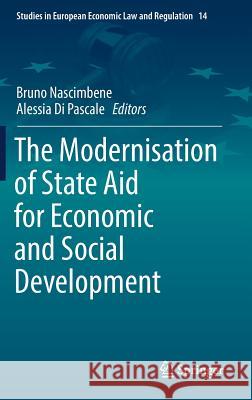The Modernisation of State Aid for Economic and Social Development » książka
topmenu
The Modernisation of State Aid for Economic and Social Development
ISBN-13: 9783319992259 / Angielski / Twarda / 2018 / 314 str.
The Modernisation of State Aid for Economic and Social Development
ISBN-13: 9783319992259 / Angielski / Twarda / 2018 / 314 str.
cena 564,88 zł
(netto: 537,98 VAT: 5%)
Najniższa cena z 30 dni: 539,74 zł
(netto: 537,98 VAT: 5%)
Najniższa cena z 30 dni: 539,74 zł
Termin realizacji zamówienia:
ok. 22 dni roboczych
Bez gwarancji dostawy przed świętami
ok. 22 dni roboczych
Bez gwarancji dostawy przed świętami
Darmowa dostawa!
This book analyses the recent modernisation of EU State aid law from different perspectives, and considers both substantive and procedural aspects.











